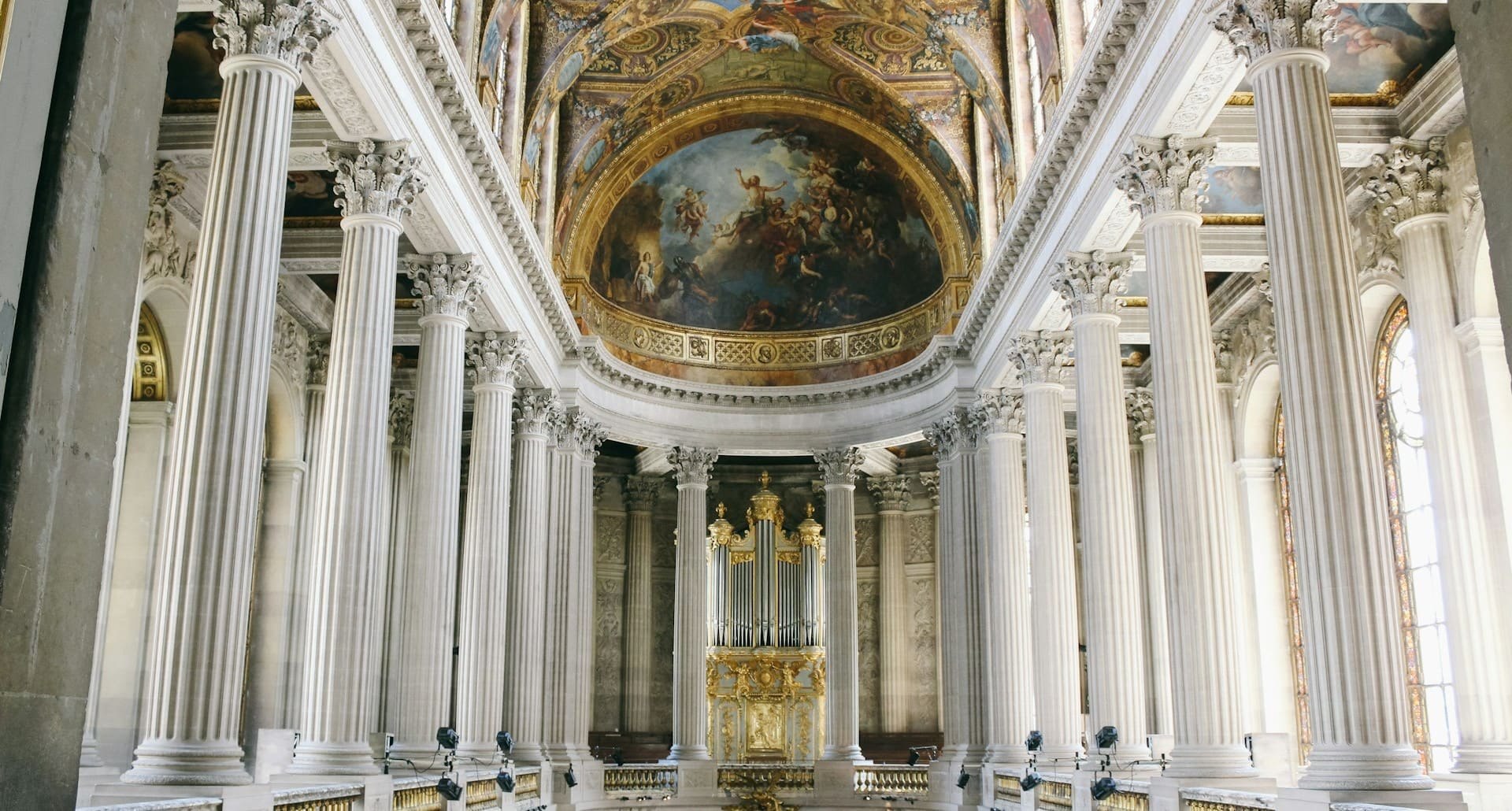Couperin, Lessons of Darkness
Mo | Tu | We | Th | Fr | Sa | Su |
Couperin: Lessons of Darkness | Concert
The Leçons de Ténèbres became increasingly popular musical compositions in the mid-17th century. Michel Lambert was the first in France to compose a full cycle in 1662, soon followed by Charpentier and Lalande. But the most famous – and the first to be rediscovered by the recording industry and the wider public – are those of François Couperin, dating from 1714.
At the end of Louis XIV’s reign, France was a land of piety, but also of Italian influence in music, including sacred music. The emotional intensity that Couperin composed for his singers is so dramatic, it could be mistaken for opera. Vocal expression and spirituality are artfully combined, reflecting the refined style of French singing practiced in salons and theatres as well as in places of worship. People would flock to hear these divine voices in Parisian convents singing the Leçons for Holy Week – faceless voices of cloistered young women, voices from heaven… though often the same singers performed in opera houses when they were closed for the penitential season! Traditionally, candles were extinguished one by one during the Office of Tenebrae, ending in the darkness of night. The three surviving Leçons by François Couperin were written for Holy Wednesday and represent one of the high points of early 18th-century French sacred art.
Catherine Trottmann and Ana Vieira Leite, two outstanding sopranos of the younger generation, revive this musical miracle under the direction of Chloé de Guillebon, as the candles are extinguished, one by one, into the growing night...
Prestige VIP – Best seats in the house, including a glass of champagne and the show program.
Prestige – Includes a complimentary glass of champagne.
Program and cast
Catherine Trottmann and Ana Vieira Leite, Sopranos
Chœur de l'Opéra Royal
Orchestre de l’Opéra Royal
Chloé de Guillebon, Conductor
Programme
Couperin : Leçons de Ténèbres
Candlelight concert.
Sébastien de Brossard (1655-1730)
Stabat Mater
Marc-Antoine Charpentier (1643-1704)
Le reniement de Saint-Pierre
François Couperin (1668-1733)
Trois Leçons de Ténèbres pour le Mercredi Saint
Royal Chapel of Versailles
The Royal Chapel was finished in 1710 at the end of Louis XIV’s reign. Jules Hardouin-Mansart proposed the plan to the King in 1669. The First Architect died in 1708 without seeing the end of the works which were taken over by his brother-in-law Robert De Cotte. The reigning monarch only came for major religious festivals where he received communion, for ceremonies of the Order of Saint-Esprit, for the baptisms and weddings of the royal children celebrated from 1710 to 1789. This exceptional palatine chapel was also used for a wide range of religious ceremonies, including the marriage of Archduchess Marie-Antoinette with the future Louis XVI.
Above the altar, around the organ by Clicquot decorated with a fine relief of King David, played by great masters like François Couperin, the Chapel’s music, famous all over Europe, sung motets everyday during all religious services. Today Handel’s Dixit Dominus or Messiah, Bach’s Oratorios, Magnificat, Cantatas or Passions, Pergolesi’s Stabat Mater or Charpentier’s Te Deum ring out in this majestic architecture.

 EN
EN DE
DE IT
IT FR
FR ES
ES RU
RU JP
JP RO
RO
 Seating plan
Seating plan 